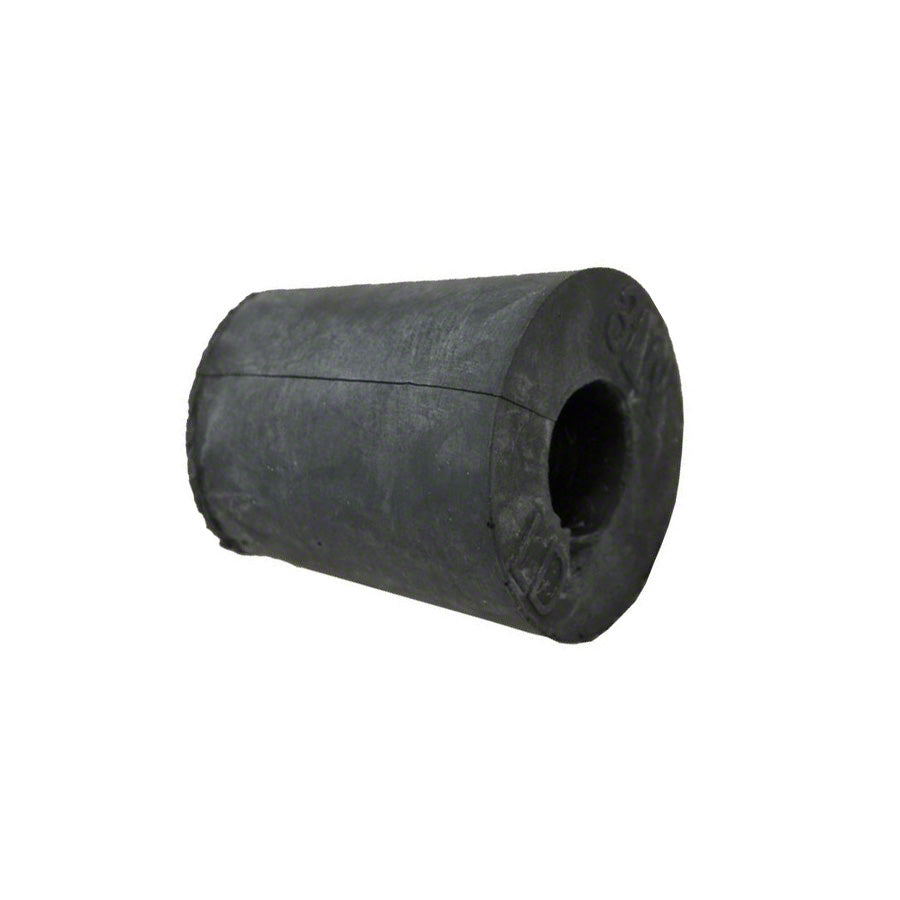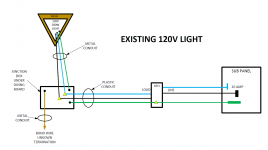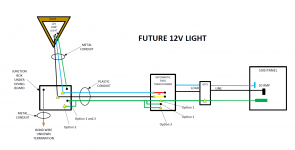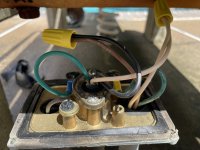Hello everyone! The switch for my pool light is aaaallllllllllll the way out at the pump equipment. I'm going to replace the switch with a Lutron Caseta smart switch with an accompanying Pico wireless switch at my back door for a second control. I'm also looking into replacing the aging pool light with an LED. Is there a good argument for getting an Intermatic transformer to step down the 120V feed to the pool light to 12V? I've heard you lose GFCI protection that way, and I've also read that you don't really gain any safety this way. The switch for the light is indeed fed from a GFCI outlet also at the pool enquipment, FYI. I'm fine keeping it all 120V, but if it's safer to do 12V then I have no problem getting the transformer.
EDIT: Just read the Intermatic unit I'm looking at has built-in circuit protection, so that's a mark in the "pro" column.
EDIT: Just read the Intermatic unit I'm looking at has built-in circuit protection, so that's a mark in the "pro" column.
Lutron Caseta Smart Home Switch, Works with Alexa, Apple HomeKit, Google Assistant | 6-Amp, for Ceiling Fans, Exhaust Fans, LED Light Bulbs, Incandescent Bulbs and Halogen Bulbs | PD-6ANS-WH | White - - Amazon.com
Lutron Caseta Smart Home Switch, Works with Alexa, Apple HomeKit, Google Assistant | 6-Amp, for Ceiling Fans, Exhaust Fans, LED Light Bulbs, Incandescent Bulbs and Halogen Bulbs | PD-6ANS-WH | White - - Amazon.com
www.amazon.com
Last edited:








